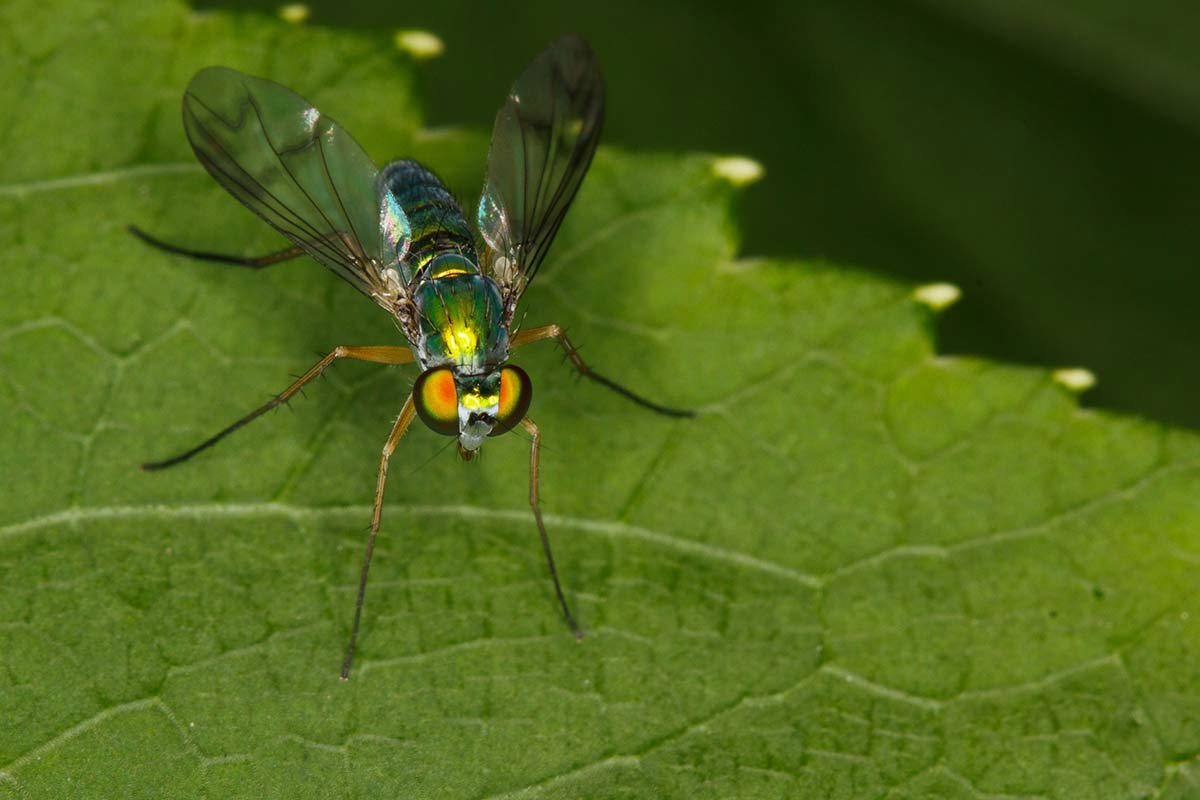Mayflies Various

Mayfly Identification
Color: Varies; dull-colored body with clear wings
Size: 1/32 of an inch to a little over 1 inch
Legs: 6
Antennae: Yes
Shape: Elongated; oval
Region: Found throughout U.S.
What is a mayfly?
Despite their name, mayflies are not actually flies. Sometimes called shadflies and lake flies, they are aquatic insects and are an important food source for fish and reptiles. These insects get their name from their typical emergence during the month of May, though they can emerge earlier or later depending on the species and environmental conditions. Mayflies are known for their two or three tails that are often longer than their bodies. If you need to get rid of mayflies on your property, it is recommended you hire a pest control professional.
What do mayflies look like?
Mayflies are slender, elongated insects with antennae, two pairs of wings and six legs. Additionally, they can have two or three tails, which are usually longer than their body. There are many species, with some as small as 1 mm long while others are up to 30 mm long. Their color can vary, though they usually have dark, dull-colored bodies and pale wings, typically yellow, gray or even clear. These aquatic insects will hold their wings together above their body when resting.
As mayflies are primarily an aquatic species, they spend most of their lives developing in the water. They are common around freshwater sources such as streams, lakes or ponds. Mayflies are often seen as a sign of healthy water ecosystems because they are very sensitive to pollutants. They have relatively short lifecycles. Females lay their eggs while flying low over the water or in the water directly, preferring clean, fresh water. Once the eggs hatch, these nymphs live near the bottom of the water, feeding on organic material. During this time as immature insects, fish and other insects will eat these nymphs. Once they mature, mayflies will leave the water, spending a day or two drying off and shedding their skin before flying away to mate. Males die after mating while females die after laying their eggs.
Mayflies are attracted to light and can become a nuisance when they gather at night near doorways or around lights, sometimes in large numbers.
Immature mayflies, also known as nymphs, feed on microscopic algae and organic matter in the water. Adults don’t have functioning mouthparts, and therefore do not eat. However, this isn’t an issue since mayflies only live as mature adults for a few days.
Mayflies do not sting nor bite.
Mayflies are nuisance pests and cannot bite or sting. They are, however, very attracted to light, which can result in massive swarms around buildings at night and piles of dead flies below lights and windows in the morning. In areas that see large swarms, mayflies could affect driving conditions and visibility.
For allergy sufferers, mayflies could be a source of seasonal allergies. When they die, their molted skin and bodies break up and are easily carried by the wind.
While there is little that can be done to prevent mayflies altogether, there are steps that can be taken to minimize the severity of the numbers around the home. Homeowners should replace mercury-vapor lamps with high-pressure sodium vapor lamps, while white incandescent fluorescent bulbs should be replaced with yellow bulbs. It’s also best to ensure all door and widows are properly screened and secured, and to seal holes and cracks that might permit mayfly entry into the home.
If high populations of mayflies are present around the property, homeowners should call a pest control professional to properly handle the infestation.




